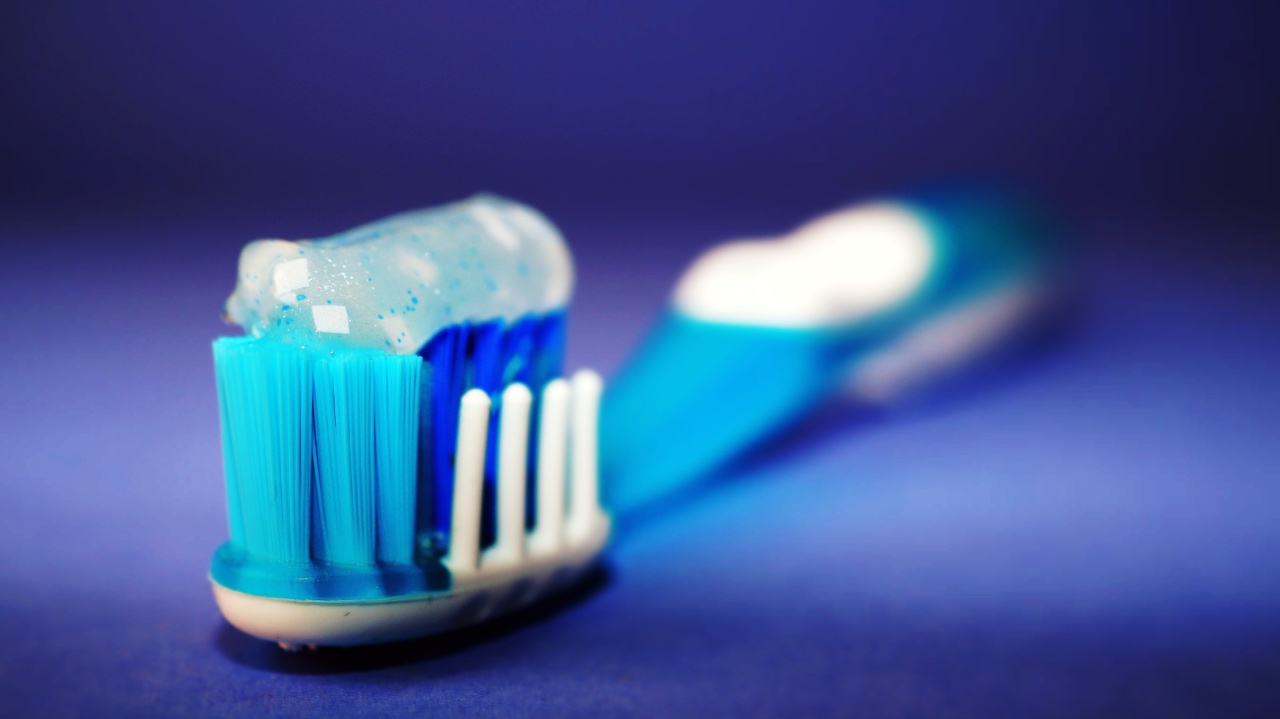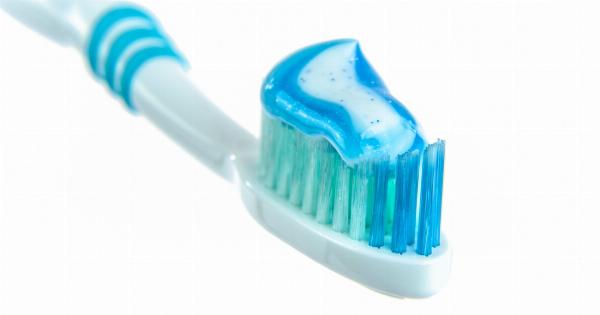Most of us have been taught from a young age the importance of dental hygiene, and brushing our teeth is a vital part of our daily routine.
However, have you ever stopped to think about the hygiene of your toothbrush itself? You may be shocked to discover the unsettling reality of what lurks on your toothbrush and the potential health risks associated with it.
The Hidden Dangers of Unhygienic Toothbrushes
It’s no secret that our mouths harbor a plethora of bacteria, both good and bad.
When we brush our teeth, we’re not only removing plaque and food particles, but we’re also unintentionally transferring these microorganisms onto our toothbrushes. Over time, this can lead to the buildup of bacteria, fungi, and other pathogens on the bristles, handle, and even the base of the toothbrush.
Several studies have highlighted the potential health risks associated with using unhygienic toothbrushes. Here are some unsettling facts to consider:.
1. The Bacteria Breeding Ground
On average, a single toothbrush can harbor millions of bacteria, including potential pathogens such as Staphylococcus, E. coli, and Streptococcus.
These bacteria can thrive in the moist environment provided by your toothbrush, especially if it’s stored in a closed container or in close proximity to the toilet.
2. Cross-Contamination Concerns
If you share a bathroom with others, there’s a chance that your toothbrush may come into contact with someone else’s. This can lead to the transfer of bacteria and viruses, increasing the risk of infections and oral diseases.
3. Mold and Fungus Growth
Moist and dark environments, such as a bathroom, are breeding grounds for mold and fungi. These can accumulate on your toothbrush over time and potentially cause respiratory issues, allergies, and even infections.
4. Not-So-Friendly Oral Microbiome
Our mouths host a delicate ecosystem of microorganisms that help maintain oral health. However, using a dirty toothbrush can disrupt this balance by introducing harmful bacteria and disrupting the natural flora, leading to an array of dental problems.
5. Lingering Viruses
If you’ve had a viral infection, such as the common cold or flu, your toothbrush may become a reservoir for the virus. This could potentially prolong your illness or even lead to reinfection.
The Importance of Toothbrush Hygiene
Given the unsettling reality surrounding toothbrush hygiene, it’s crucial to adopt proper practices to ensure your toothbrush remains clean and safe to use. Here are some tips:.
1. Replace Regularly
Toothbrushes wear out over time and become less effective at removing plaque. Dentists recommend replacing your toothbrush every three to four months or sooner if the bristles become frayed.
2. Rinse Thoroughly
After each use, rinse your toothbrush thoroughly with tap water to remove any leftover toothpaste, debris, or bacteria. Shake off excess water and allow it to air dry in an upright position to prevent the growth of mold or bacteria.
3. Don’t Share Your Toothbrush
It may seem obvious, but sharing toothbrushes should be avoided at all costs. Not only does it increase the risk of cross-contamination, but it’s also unhygienic.
4. Store Properly
Avoid storing your toothbrush in closed containers or near the toilet, as this can create a moist environment that promotes bacterial growth. Instead, keep it standing upright in an open holder to allow for air circulation.
5. Sterilize if Necessary
If you’ve been sick or have a compromised immune system, it may be beneficial to take extra precautions to sterilize your toothbrush. You can do this by soaking it in a mouthwash or hydrogen peroxide solution for a few minutes.
6. Consider Alternatives
If you’re concerned about the hygiene of your toothbrush, there are alternatives available.
Electric toothbrushes with replaceable heads can be a more hygienic option, as you can easily replace the bristles without needing to replace the entire toothbrush.
The Bottom Line
While the hygiene of our toothbrushes may not be something we think about often, the unsettling reality is that they can harbor a multitude of bacteria, fungi, and other pathogens.
Practicing good toothbrush hygiene is essential for maintaining oral health and reducing the risk of infections or other health issues. By following simple steps like replacing your toothbrush regularly, rinsing it thoroughly, and storing it properly, you can ensure that your toothbrush remains a reliable tool in your dental care routine.































